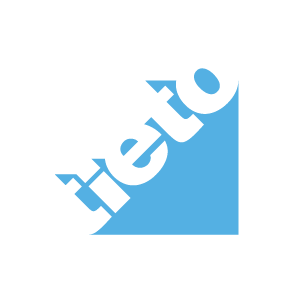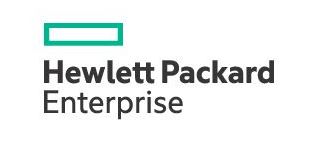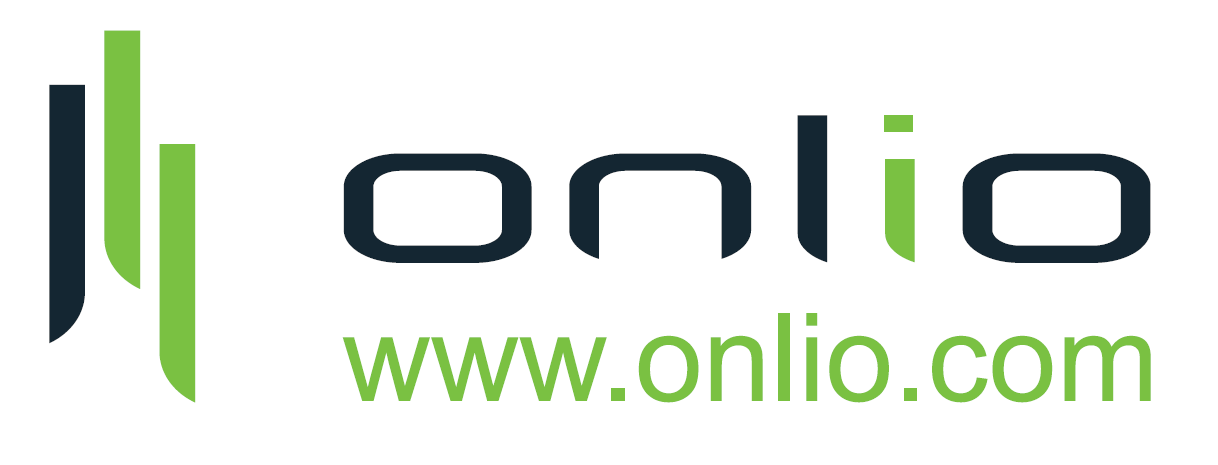Tom Gilb
Teacher Author Consultant, Tom Gilb & Kai Gilb, Norway & USA
Tom Gilb has experience of lean and agile methods in practice for decades. He has worked for some of the largest and most advanced international organizations, who have adopted his methods: IBM, HP, Boeing, Intel, Citigroup, Philips, and many more, including smaller European Companies. He has published 9 IT Books, several of which are considered landmarks. The 1988 Principles of Software Engineering Management is referenced as the book that the Agile Fathers consider foundational, and Tom is publicly acknowledged by the Founders, and Research as the Grandfather of Agile.
His newest book ‘Value Planning’ goes deep into the management aspect of agile and lean planning for IT systems and organizational improvement, as well as product and service planning. Tom is USA born, and resides in Norway and London. His was named Honorary Fellow of the British Computer Society. His ideas are always an advance on conventional wisdom; but they are also practical and proven worldwide in the leading edge organizations. More at Gilb.com
Tom Gilb is an international practical consultant to leading organizations for decades. His practical methods have been adopted by the absolutely leading organizations world-wide. He is the pioneer of quantification of quality, since his book “Software Metrics” 1976, which was the basis for IBM Capability maturity Model Level 4. His subsequent books continued going deeper and broader. His 2014-2016 book ‘Value Planning’ extends this to Top Management territory. Beginning with quantifying management corporate ‘Visions’ and working its way down to IT Project Management level. See more at Gilb.com.
Presentation
Background
Managers need to lead in specific ways in order for their projects to succeed. They need to lead by making the ‘values delivered’ the priority. Not the IT development task itself. They need to set value objectives quantitatively. They need to start real measurable value deliveries very early, and very frequently. They need to measure ‘value delivered’ and ‘costs incurred’ incrementally. They need to contract for incremental value delivery, and pay for value delivered, not just ‘work done’. This is in the spirit of both agile and lean processes: but these are just frameworks. They need specific tools in addition. Managers have to learn new tools for ‘value quantification’, and add these skills to the management and technical skills of their organization.
Talk Content:
• The concept of quantified multiple stakeholder values.
• The requirements specification process: Stakeholders, needs, values, prioritization, experience feedback.
• The value driven IT architecture process using the Value Decision Matrix.
• The Agile Evolutionary Project Management process.
• The One Week Project Startup Process to launch real value delivery.
• The Flexible Contracts subcontracting for Value Process
• The Agile Specification Quality Control process for agile measuring requirements, architecture and contracts practical quality.
• The Ten Principles of Lean IT System Management.
miniWorkshop (AMC track)
Background:
There is one key skill that prevents managers from managing successful projects. That skill is the ability to quantify any and all stakeholder values, so that they can be managed and accounted for as easily and money and time.
Can you quantify such things as flexibility, efficiency, productivity, competitiveness, or the more-technical qualities like security, adaptability, and usability? Probably not yet. This is your chance to learn a simple method that gives you the power to cut through the management bullshit, of nice sounding poetry that pervades all international management today. You will in a short workshop learn the basics by doing them on your self chosen objectives.
Content:
• Separating real objectives and requirements from design and architecture: the Why-Tool
• The distinction between the name of a requirement and an Ambition level.
• Decomposing a compound requirement into a set of distinct sub-requirements
• Developing a Scale of measure:
– by templates
– by internet search
– by domain expertise
– by experience through time and feedback
• Using Parameters to get a general reusable scale.
• Benchmarks: establishing how bad you are today.
• Targets and Constraint levels: how good you want to be in the future.
• The Meter: planning to test the level of value delivered.
• Suggested reading for further study.
Workshop
We are still finetuning the content, which will be published later – we apologize.
















